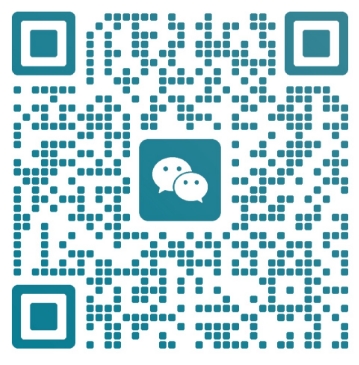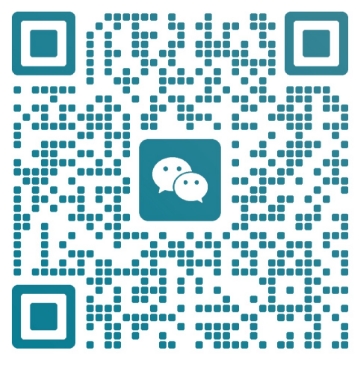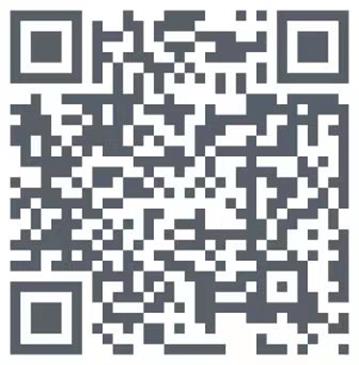 400-028-6288
400-028-6288 在线客服
在线客服
 官方微信
官方微信
 400-028-6288
400-028-6288 在线客服
在线客服
 官方微信
官方微信

新闻动态
急性髓系白血病(AML)是一种源于髓系造血干细胞的恶性疾病。在健康人群中,骨髓中产生未成熟的造血干细胞,这些细胞会分化成髓系造血干细胞和淋巴系造血干细胞,髓系造血干细胞会进一步分化为原始粒细胞、原始巨核细胞和原红细胞, 终分化为单核细胞和粒细胞、红细胞和血小板。淋巴系造血干细胞会分化为淋巴细胞。
AML患者中,由髓系造血干细胞分化而来的原始粒细胞无法正常的分化为健康的白细胞,而是分化成一种未成熟的白细胞 (称为白血病细胞或髓样母细胞)。它们不能正常的分化,而是迅速的扩增,在血液和骨髓中积累,占据健康白细胞、红细胞和血小板的空间。这些白血病细胞也可以从血液中扩散到身体的其他部位,包括中枢神经系统(脑和脊髓)、皮肤和牙龈。AML的患者会呈现出贫血、凝血功能障碍等症状,并且频繁发生感染。儿童AML的发病率为百万分之七,目前生存率在50~80%。造血细胞移植(HCT)是儿童AML的治疗方式之一,但HCT后的复发仍然是死亡的主要原因之一,占到了接受HCT患者的30%。
据报道,WT1 (Wilms tumor1)在75~90%的AML病人中过表达,被认为是微小残留病灶 (MRD) 一个潜在的标志物。有研究利用靶向WT1的TCR-T细胞预防成人AML复发,显示出不错的疗效和安全性。
近期,来自荷兰乌得勒支 Dr. S Nierkens 团队在 Journal for ImmunoTherapy of Cancer 发表题为 Combining CRISPR-Cas9 and TCR exchange to generate a safe and efficient cord blood-derived T cell product for pediatric relapsed AML 的文章,在脐带血来源的T细胞上敲除内源TCR,过表达了WT1-TCR,并在体外水平进行验证,发现WT1-TCR-T cells对WT1阳性肿瘤细胞有杀伤能力,但对正常细胞没有毒性,揭示WT1-TCR-T cells是预防HCT后复发的潜在治疗方式。
首先,该文章通过CRISPR/Cas9系统敲除内源TCR,接着通过慢病毒转导的方式整合W1-TCR的α chain和β chain,使得CD8+ T细胞成功表达WT1-TCR, 终产生eTCR-/- WT1-TCR-T cells。
接着,作者对比了eTCR-/- WT1-TCR and eTCR+/+ WT1-TCR T cell的免疫学表型。它们具有相似的CD45RA和CD62L细胞分群,有相似memory marker表达。其次,激活marker和抑制marker表达类似,只有CD127在eTCR-/- WT1-TCR表达稍高。当TCR-T与表达WT1 peptide的T2细胞共培养时,eTCR-/- WT1-TCR中有更多的CD137阳性细胞,说明激活水平更高(但不具有统计学差异),而且eTCR-/- WT1-TCR T有更高的毒性,分泌更高水平的TNFα,IFNγ , granzyme A 和granzyme B。
为了测试在自然条件下eTCR-/- WT1-TCR-T的杀伤效力,文章在基因修饰过的K562 和两株AML-derived 细胞系(PER-484和PER703)上进行验证。这些细胞系都表达HLA-A2和WT1。将TCR-T和这些细胞系共培养后发现,eTCR-/- WT1-TCR-T的CD137和表达都高于eTCR+/+ WT1-TCR T 细胞。
为了进一步验证TCR-T的效果,作者利用骨髓微环境的3D模型验证eTCR-/- WT1-TCR-T cells对儿童复发AML细胞的杀伤效果。和对照组比,被eTCR-/- WT1-TCR-T cells处理过的肿瘤细胞数量仅剩20%~70% 。而且,eTCR-/- WT1-TCR-T cells有向肿瘤细胞和基质更强的迁移能力。除此之外,和对照组一样,eTCR-/- WT1-TCR-T不杀伤基质细胞和脐带血来源的CD34+细胞,表明eTCR-/- WT1-TCR-Tcells能特异性杀伤WT1过表达的肿瘤细胞。
总之,本项研究利用WT1-TCR替代了脐带血来源的CD8 T细胞的内源TCR,并在体外对该TCR-T cells进行了有效性和安全性的验证,表明WT1-TCR-T cells是针对儿童复发性AML的潜在治疗方法
儿童急髓白血病从确诊到复发的纵向单细胞多组学图谱公布
蛋白基因组学发现急性髓系白血病复发新标记物
原文摘要(Abstract)
Background: Hematopoietic cell transplantation (HCT) is an effective treatment for pediatric patients with high-risk, refractory, or relapsed acute myeloid leukemia (AML). However, a large proportion of transplanted patients eventually die due to relapse. To improve overall survival, we propose a combined strategy based on cord blood (CB)-HCT with the application of AML-specific T cell receptor (TCR)-engineered T cell therapy derived from the same CB graft.
Methods: We produced CB-CD8+ T cells expressing a recombinant TCR (rTCR) against Wilms tumor 1 (WT1) while lacking endogenous TCR (eTCR) expression to avoid mispairing and competition. CRISPR-Cas9 multiplexing was used to target the constant region of the endogenous TCRα (TRAC) and TCRβ (TRBC) chains. Next, an optimized method for lentiviral transduction was used to introduce recombinant WT1-TCR. The cytotoxic and migration capacity of the product was evaluated in coculture assays for both cell lines and primary pediatric AML blasts.
Results: The gene editing and transduction procedures achieved high efficiency, with up to 95% of cells lacking eTCR and over 70% of T cells expressing rWT1-TCR. WT1-TCR-engineered T cells lacking the expression of their eTCR (eTCR-/- WT1-TCR) showed increased cell surface expression of the rTCR and production of cytotoxic cytokines, such as granzyme A and B, perforin, interferon-γ (IFNγ), and tumor necrosis factor-α (TNFα), on antigen recognition when compared with WT1-TCR-engineered T cells still expressing their eTCR (eTCR+/+ WT1-TCR). CRISPR-Cas9 editing did not affect immunophenotypic characteristics or T cell activation and did not induce increased expression of inhibitory molecules. eTCR-/- WT1-TCR CD8+ CB-T cells showed effective migratory and killing capacity in cocultures with neoplastic cell lines and primary AML blasts, but did not show toxicity toward healthy cells.
Conclusions: In summary, we show the feasibility of developing a potent CB-derived CD8+ T cell product targeting WT1, providing an option for post-transplant allogeneic immune cell therapy or as an off-the-shelf product, to prevent relapse and improve the clinical outcome of children with AML.
Keywords: CD8-Positive T-Lymphocytes; Cell Engineering; Hematologic Neoplasms; Pediatrics; T cell Receptor - TCR.


 医无忧服务热线:
医无忧服务热线:
